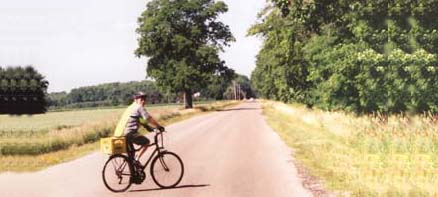 It has been a glorious sunny day. My glasses steamed-up when I stepped into the hoop-house and condensation fell like rain when I bumped one of the hoops.
It has been a glorious sunny day. My glasses steamed-up when I stepped into the hoop-house and condensation fell like rain when I bumped one of the hoops.This time last year we had snow and it certainly wasn't 12 degrees, and today we opened all the windows and the door. It was as if the house exhaled; I could smell the moist earth and warming greens from meters away.

I find it amazing that in the moderated climate of the hoop house, a bitter cold winter like the one last year yields very much the same as a mild winter, like the one we are just stepping out of. A testament to the efficiency of the hoop house design and to the adaptability of plants.
Last fall I had envisioned a majestic crop of kale seeing us through the bitter cold months, fortifying our pastas and soups.

The seeds I sowed in late September certainly showed promise; they sprouted quickly and grew sturdily. Sadly, as they approached 3 inches tall, standing proudly in their little soldier rows, I realized I had grabbed the wrong seed packet, and planted tomatoes. Aaaargh!

Even though it was October, I hastily re-sowed two types of kale and crossed my fingers. At some point, I had lost track of them and they were overcome with weeds and the space-hungry spinach.
Today, clearing out the chickweed, I found them, small but waiting patiently to spring to life.
Today, my trug was brimming with greens, onions, spinach, herbs ... thank you hoopie.




